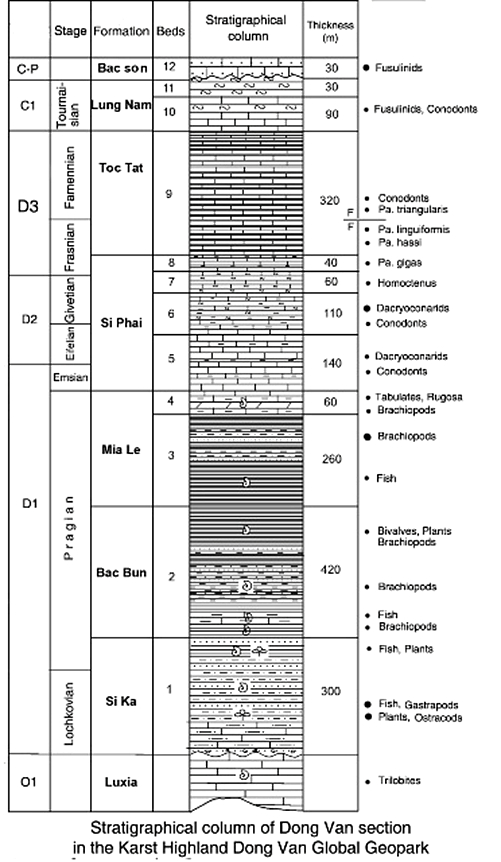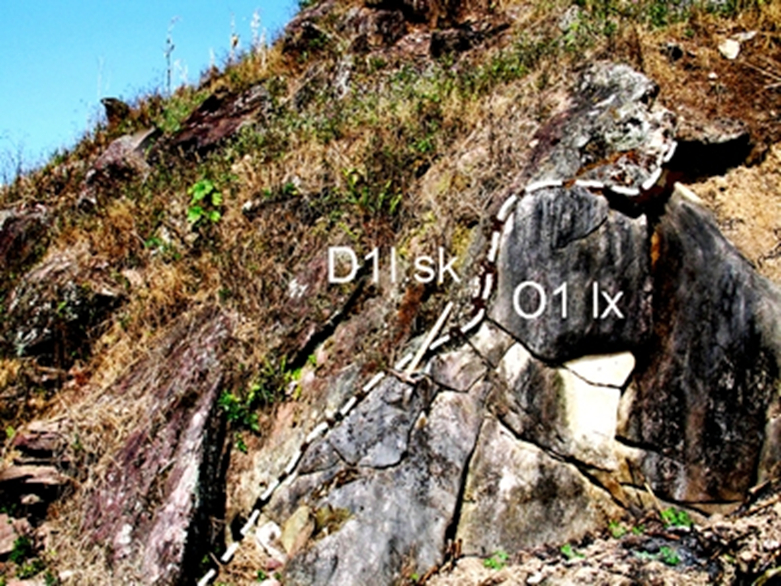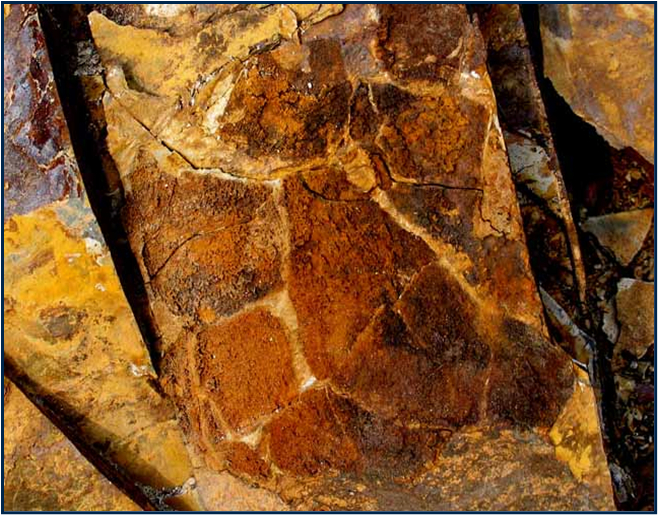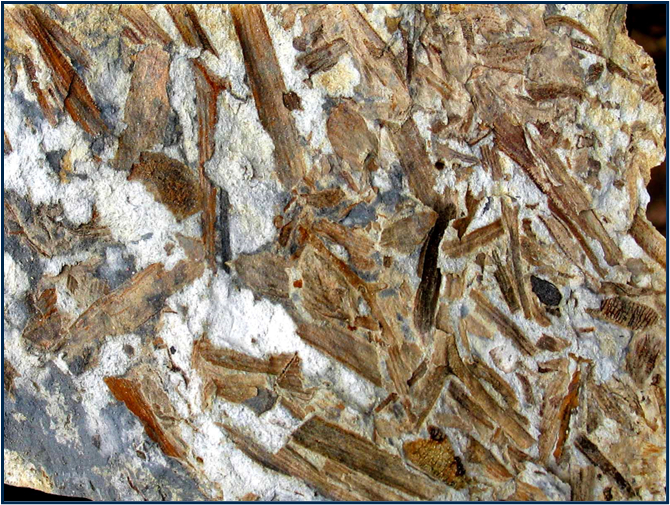Si Ka Fm
Type Locality and Naming
Lower formation in Song Cao Gr. Holostratotype: The Lung Co - Mia Le Section (Dong Van District, Ha Giang Province) redescribed in detail by Ta Hoa Phuong (Janvier Ph., Ta Hoa Phuong 1999) in the Ta Kao - Si Ka road section situated at the foot of Si Ka Pass (N= 23° 19’; E= 105° 17'). Names by Deprat J. 1915.
Synonym: To the south, in the valley of the Song Cau River it has been described under different names, such as “Song Cau Suite” (Tran Van Tri et al. 1964, 1977; Duong Xuan Hao et al. 1975, 1980; Pham Dinh Long 1968), “Ban Rom Suite” (Pham Dinh Long 1968), and “Na Ngan Suite” (Doan Ky Thuy et al. 1976). Série de Si-ka: Deprat J. 1915 (O2-3); Jacob c., Bourret R. 1920 (Eifelian); Saurin E. 1956 (Ordovician); Saurin E., 1958 (Lower Devonian). Hệ tầng Si Ka: Tống Duy Thanh 1979, 1980 (Điệp); Tống Duy Thanh et < 3/. 1986, 1988; 1990 (Điệp); Tống Duy Thanh, Janvier Ph. 1987 (Dtl); Paris F„ Ta Hoa Phuong, Bandu 1993 (D1l); Janvier Ph., Tống Duy Thanh, Ta Hoa Phuong 1993 (D1l); Tổng Duy Thanh (in Vũ Khúc et al.) 2000. Điệp Sông Cẩu (part.): Trần Văn Trị et al 1964, (in Trần Văn Tri et al.) 1977 (S2-D1); Dương Xuân Hào et al. 1975, 1980 (D1); Phạm Đình Long, 1968 (Devonian). Điệp Bản Ròm (part.): Phạm Đình Long, 1967 (D2e). Bậc Eifel (part.): Vasilevskaia E.D. (in Dovjikov A.E. et al 1965); Dương Xuân Hảo et al 1968. Trầm tích Dr D2e (part.): Dương Xuân Hảo et ứ/. 1973. Các trầm tích Devon hợ (part.): Dương Xuân Háo et al 1975. Điệp Nà Ngần (part.): Phạm Đình Long 1973,1975 (D)); Đoàn Kỳ Thuỵ et al. 1976 (D,). Điệp Bắc Bun (part.): Hoàng Xuân Tình et al. 1976 D1; Vũ Khúc, Bùi Phú Mỹ et al. 1990 (D1).
Lithology and Thickness
Siltstone and Limestone. Three members belonging to the Si Ka Fm in ascending order. (1). Greenish-grey siltstone interbedded with clay shale, greenish marly shale, 250 m thick; containing bivalves, gastropods, ostracods, crustaceans (Phyllocarida), vertebrate remains of the Yunnanolepiforme and Galeaspida groups and flora Taeniocrada (?) sp. (2). Black-grey, thin-bedded, sometimes banded, fine-grained limestone interbedded with grey, greenish-grey or violet-chocolate siltstone and clay shale; 175 m thick. (3). Grey siltstone with some interbeds of greenish-grey, violet chocolate marly shale; 225 m thick. The total thickness of the formation in the stratotype reaches about 650 m.
[Figure: Mia Lé – Bac Bun – Si Ka Fms: Stratigraphic Column (images courtesy of Prof. Ta Hoa Phuong, Vietnam Natl. Univ. Hanoi)]
[Figure: Si Ka-BacBun-MiaLe-SiPhai-TocTat StratColumn of DongVanSection in the Karst Highland Van Global Geopark (images courtesy of Prof. Ta Hoa Phuong, Vietnam Natl. Univ. Hanoi)]
Relationships and Distribution
Lower contact
Upper contact
The Si Ka grades continuously upwards to grey clay shale and marly shale bearing Howittia wangi of the Bac Bun Fm, and in many sections the lithological composition of the uppermost part of the Si Ka Fm is still close to that of the lowermost part of the Bac Bun Fm.
Regional extent
Towards the east, in the territory of Thai Nguyen Province, the Si Ka Fm is exposed in the Pho Hoang and Tong Lot areas (west of Dong Mo Townlet). Farther to the south, in the territory of Thai Nguyen Province, the Si Ka Fm is well exposed in the Trang Xa area, and especially in the valley of the Song Cau River.
GeoJSON
Fossils
[Figure: Si Ka Fm: Fish fossils in the outcrop of Devonian fossils at Xi Man Kha village (images courtesy of Prof. Ta Hoa Phuong, Vietnam Natl. Univ. Hanoi)]
[Figure: Si Ka Fm: Plant fossils in the outcrop of Devonian fossils at Xi Man Kha village (images courtesy of Prof. Ta Hoa Phuong, Vietnam Natl. Univ. Hanoi)]
Age
Depositional setting
The Si Ka Fm belongs to the red continental facies; its lithological composition and color have led many geoscientists to its correlation with the “Old Red Sandstone” lying at the base of the Devonian System. Similar red sediments are very widely distributed in South China and have been described as the Lianhuashan Fm and its equivalents, exposed in Yunnan and Guangxi. In the Lower Devonian continental red beds of South China the sandstone component plays the main role and has a thickness up to 1000 m (Yang s. p., Wu Y. et al. 1992).
Additional Information




